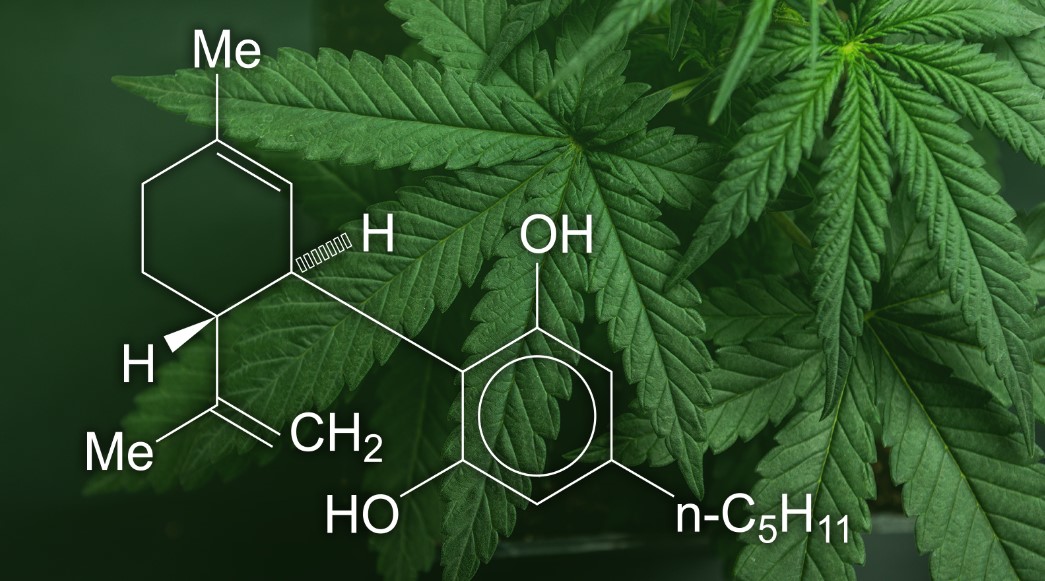The legalization and widespread acceptance of cannabis in many parts of the world have opened up a booming industry. Cannabis enthusiasts have numerous ways to enjoy this natural plant, and one of the most popular methods is smoking. While there are various tools available for smoking cannabis, cannabis pipes remain a classic choice for many. However, the potential dangers of contaminated cannabis are real, and understanding how to identify and mitigate these risks is crucial. In this article, we’ll explore the dangers of contaminated cannabis, provide tips on identification, and discuss the best cannabis pipes for a safer smoking experience.
Understanding Contaminated Cannabis
Contaminated cannabis refers to cannabis that has been compromised by harmful substances, including pesticides, heavy metals, molds, and bacteria. These contaminants can adversely affect the quality of the cannabis, leading to health risks when consumed. While contamination can occur at any stage of the cultivation and distribution process, it’s essential to focus on the potential dangers associated with cannabis pipes.
Pesticides and Herbicides
Cannabis plants are susceptible to pests and diseases, which often lead to the use of pesticides and herbicides during cultivation. When not used properly, these chemicals can linger on the plant material. Smoking cannabis with pesticide residues can lead to adverse health effects, ranging from nausea to respiratory problems.
Identification Tip: Opt for organically grown cannabis or cannabis products from reputable sources. Look for third-party lab testing results, which should indicate the absence of harmful pesticides.
Heavy Metals
Cannabis plants can absorb heavy metals like lead, cadmium, and arsenic from contaminated soil. When consumed, these metals can accumulate in the body and lead to serious health issues. Smoking contaminated cannabis using pipes made of materials that leach heavy metals can exacerbate the problem.
Identification Tip: Choose cannabis pipes made from safe materials, such as borosilicate glass or stainless steel, that do not release harmful metals when exposed to high temperatures.
Mold and Bacteria
Improper storage and handling of cannabis can lead to the growth of mold and bacteria on the plant material. When smoked, inhaling spores and bacteria can lead to respiratory infections and other health problems.
Identification Tip: Check your cannabis for visible signs of mold or mildew, such as white or gray spots. Invest in proper storage solutions like airtight containers to prevent mold growth.
The Role of Cannabis Pipes
Cannabis pipes, often referred to as smoking pipes or “bowls,” are one of the most traditional ways to enjoy cannabis. These pipes come in various materials, shapes, and sizes, and each has its advantages and potential drawbacks. When it comes to mitigating the dangers of contaminated cannabis, the choice of the right cannabis pipe can make a significant difference.
Borosilicate Glass Pipes
Borosilicate glass is a preferred material for cannabis pipes because it is heat-resistant and inert. This means that it won’t leach harmful chemicals or heavy metals when exposed to high temperatures. Glass pipes are easy to clean and maintain, making them a safe choice for cannabis smoking pipes concerned about contamination.
Stainless Steel Pipes
Stainless steel pipes are known for their durability and resistance to corrosion. They are a great option for those who want a long-lasting and easy-to-clean cannabis pipe. However, it’s essential to ensure that the stainless steel used is of high quality and doesn’t contain any impurities that could potentially leach into the smoke.
Silicone Pipes
Silicone pipes are popular for their flexibility and portability. They are less likely to break if dropped and are easy to clean. However, it’s important to be cautious when choosing silicone pipes, as low-quality ones may contain additives that could release harmful compounds when exposed to heat.
Wood and Clay Pipes
Wood and clay pipes provide a unique smoking experience, but they require careful maintenance to avoid contamination. These natural materials can be porous and may absorb contaminants if not cleaned properly.
Reducing the Risks
To reduce the risks associated with contaminated cannabis and cannabis pipes, consider the following tips:
Source Your Cannabis Carefully: Choose reputable suppliers or dispensaries that provide lab-tested cannabis products. Ask for test results to ensure the absence of contaminants.
Invest in Quality Pipes: Opt for pipes made from safe materials, such as borosilicate glass or stainless steel. Avoid low-quality or cheap options that may pose health risks.
Clean Your Pipes Regularly: Regularly clean your cannabis pipes to prevent the buildup of harmful residues that can affect the quality of your smoke.
Store Your Cannabis Properly: Invest in airtight containers to store your cannabis and keep it free from mold and bacteria.
Enjoying cannabis can be a safe and enjoyable experience when you are aware of the potential dangers of contamination and how to mitigate them. By choosing quality cannabis pipes, sourcing your cannabis from reliable sources, and taking proper care of your smoking equipment, you can reduce the risks associated with contaminated cannabis. In the end, it’s essential to prioritize your health and well-being while indulging in this beloved plant.
When looking for the best cannabis pipes, prioritize materials like borosilicate glass and stainless steel, and consider factors such as ease of cleaning and durability. Pair your safe cannabis pipe with high-quality, lab-tested cannabis to ensure a safer and more enjoyable smoking experience.



